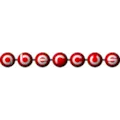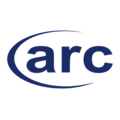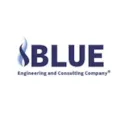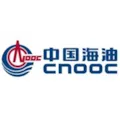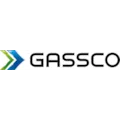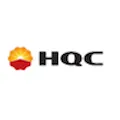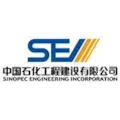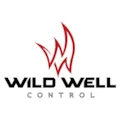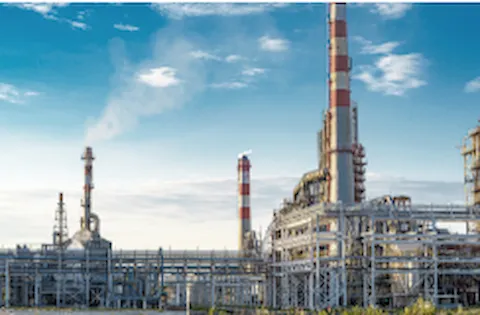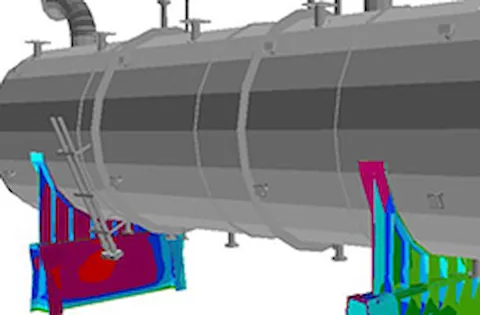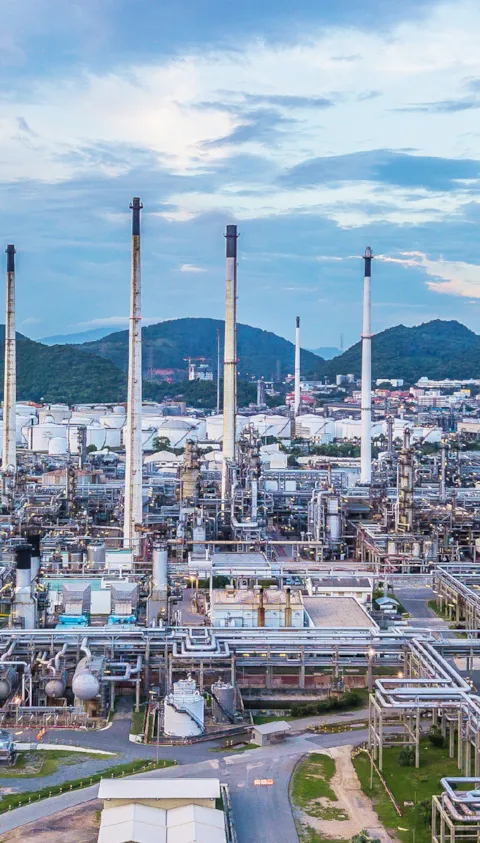

Our CFD software evaluates how geometries and terrain affect cloud dispersion and fires
KAMELEON FIREEX KFX® is a CFD software that harnesses the power of computational fluid dynamics (CFD) to precisely model dispersion and fires in various scenarios.
Featuring computer-aided design (CAD) and topography import capabilities, KFX automatically converts geometries for seamless integration with the calculation models, ensuring an efficient and accurate representation of the impact of 3D geometries on the CFD simulations.
Assess the impact of fire mitigation measures and optimize passive fire protection (PFP)
The KFX software provides comprehensive simulations of water-based fire mitigation techniques, including deluge, monitors, mist and water curtains, in complex systems and congested areas while accounting for weather effects.
Additionally, data from the KFX software can be used as input to USFOS, a simulation software dedicated to analysing structural response to accidental loads resulting from fires and explosions.
Use KFX software to optimize layout and facility siting
Advanced dispersion and fire modelling using the KFX software can predict dispersion cloud behaviour, helping to assess exposure to toxicity (for a toxic gas accidental release) or radiation (for a flammable gas accidental release) in open or enclosed areas.
The KFX software simulates ventilation, whether natural or forced, and can therefore help with layout optimization.
Support for a safe energy transition with advanced CFD simulations
Our CFD software has been continuously developed by DNV for more than 40 years. Through our participation in innovative joint industry projects (JIPs), we have further enhanced the software’s capabilities, particularly in supporting the safe production, transport and storage of hydrogen and ammonia, as well as in facilitating carbon capture and storage (CCS).
Learn more about our three CFD simulation software JIPs: Hydrogen CFD simulation software, Ammonia CFD simulation software and CO2 CFD simulation software.
KFX software pricing and licensing
Licensing plans available for local installation on your PC or network for single / multiple concurrent users.
Access available from 1 month to perpetual licence.
KFX software training
We offer a technical software course to help you get the most out of our product. You can join us in-person, online or book a private training course.
Join the organizations using KFX and EXSIM for computational fluid dynamics analysis
Frequently asked questions
| Answer |
|---|
AnswerKFX utilises a finite volume technique to solve the Navier Stokes equations, incorporating three-dimensional (3D) and transient simulations. KFX utilises the porosity technique, enabling the resolution of objects smaller than the grid cells and making the code highly efficient. Moreover, the Eddy Dissipation Concept (EDC) serves as the foundation for combustion modelling in KFX.
|
| Answer |
|---|
AnswerKFX/EXSIM is specifically developed for safety-related applications, addressing scenarios such as gas dispersion, fires, explosions, and other industrial challenges. Its features include the porosity technique, Lagrangian model for droplet releases, the ability to handle multiple simultaneous releases in a single model, and seamless integration with Finite Element software for structural response analysis. Extensive usage and testing in numerous industry studies, both by DNV and external customers, have established KFX as a robust and stable simulator. Furthermore, the software has been developed in close collaboration with industry partners to best understand and address industrial needs efficiently and accurately. Notably, ongoing advancements include an advanced liquid CO2 release model that accounts for complex thermodynamics, two-phase releases, dry-ice formation and deposition, as well as obstacles, terrain, and wind conditions. |
| Answer |
|---|
AnswerThe competence behind KFX/EXSIM is the result of four decades of focused research, continuous development of fire simulation software, and consultancy work within turbulent flow and combustion, with funding from industry and the Research Council of Norway. Widely used in the industry, KFX/EXSIM is a leading CFD simulator for dispersion, fire, and explosion simulations. Extensive validation has been conducted, ensuring accurate results, and ongoing validation is based on experiments carried out in DNV Spadedam and with industry partners. KFX includes advanced Lagrangian models for fire mitigation and extinction using various water systems. It is also seamlessly interfaced with the KFX Usfos finite element structure response code, enabling non-linear dynamic structural response analysis. Additionally, KFX offers powerful CAD and topography import capabilities, allowing for automatic conversion of CAD geometries and easy handling of electronic maps. DNV's collaboration with industry partners on Joint Industry Projects (JIPs) focused on hydrogen, ammonia, and CO2 safety further enhances the software, with research results from these projects being integrated into KFX. |
| Answer |
|---|
AnswerComputational fluid dynamics (CFD) is the use of numerical methods to analyse fluid flows, helping predict flow patterns, heat transfer and chemical reactions. It leverages algorithms and computational resources to simulate how fluids interact with physical boundaries. |
| Answer |
|---|
AnswerCFD software facilitates the simulation and analysis of fluid flow, allowing engineers to visualize and predict fluid dynamics in various environments. It includes tools for setting up simulations, solving fluid dynamics equations and visualizing the results for interpretation. |
| Answer |
|---|
AnswerPassive fire protection (PFP) refers to the use of materials and systems designed to prevent or slow the spread of fire, maintaining the structural integrity of equipment without active intervention. It includes coatings, fireproof cladding and insulation that provides thermal protection to maintain the equipment's functionality during a fire. |
| Answer |
|---|
AnswerTesting of the software includes:
DNV has produced a document describing the verification and validation process for the KFX/EXSIM software. This is available upon request. |
| Answer |
|---|
AnswerThe recommended specification for KFX/EXSIM is as follows: No Citrix, Microsoft, Oracle VirtualBox, VMware virtualization tools, e.g. XP mode on Windows7, are supported. |
Product information

Consequence and QRA webinars
Watch our software webinars.
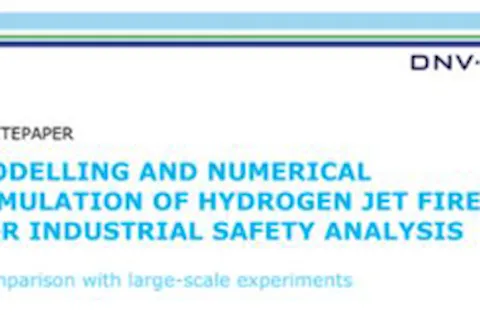
Whitepaper
Access your copy of our Modelling and Simulation of Hydrogen Jet Fires whitepaper.

Training
Find a course that suits your needs.

Knowledge and support
Download latest versions, learn what's new and search the help library.
